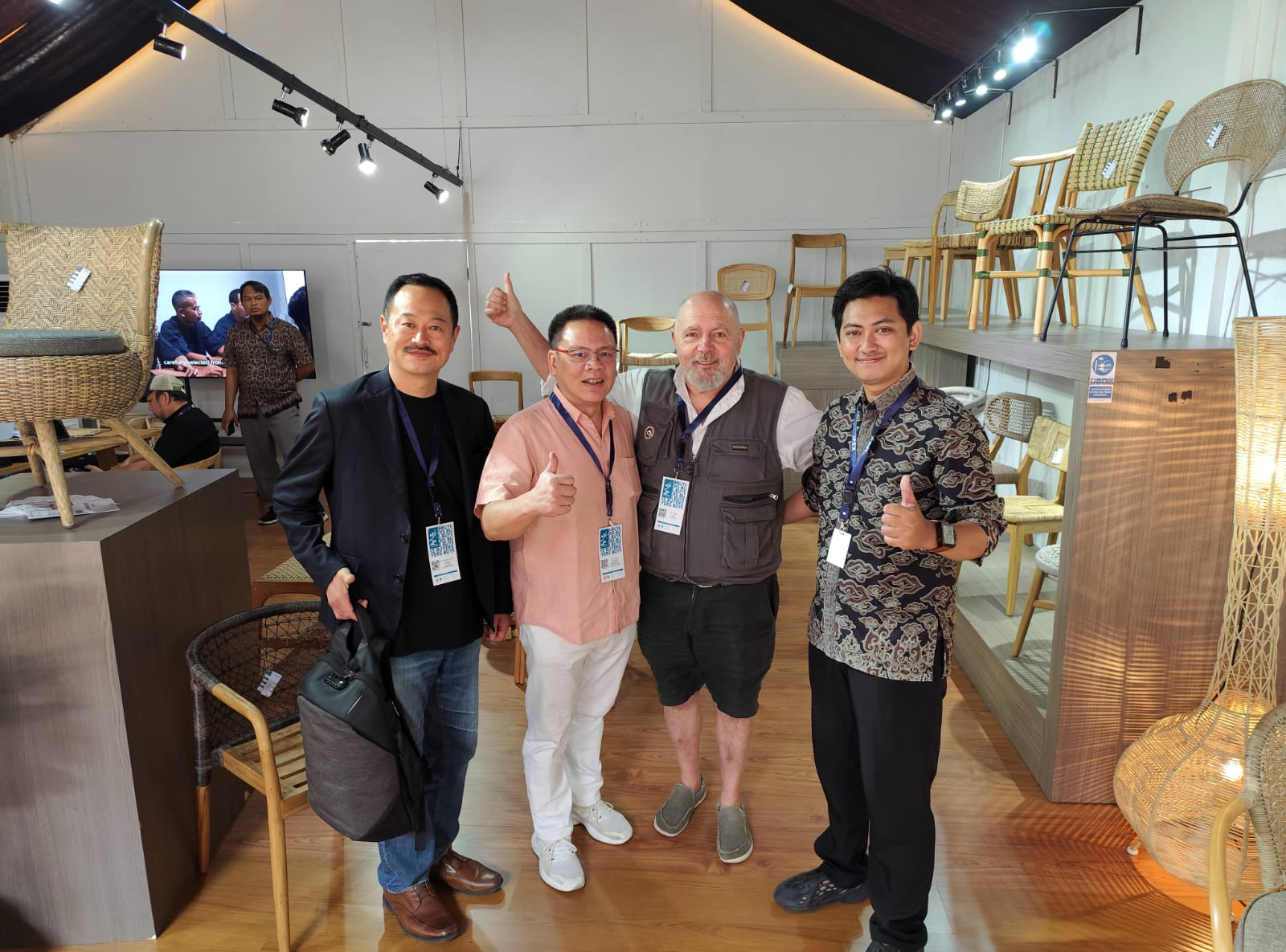Booth & Featured Products
Booth & Featured Products
At IFEX 2025, PT Savana Rattan Furniture will be showcasing its latest collections at booth OS-015 in the Open Space area. During this prestigious exhibition, we will present furniture designs that prioritize aesthetics, functionality, and sustainability.
IFEX 2025 follows the "R.E.A.L." theme, which stands for:
Reflection of the Culture – Products inspired by Indonesia’s rich cultural heritage and traditional craftsmanship.
Experience the Comfort – Furniture designed for maximum comfort and the best user experience.
Adapt to Sustainability – A commitment to sustainability by using eco-friendly materials and responsible production techniques.
Leading the Innovation – Innovations in design and technology that make furniture more modern and multifunctional.
